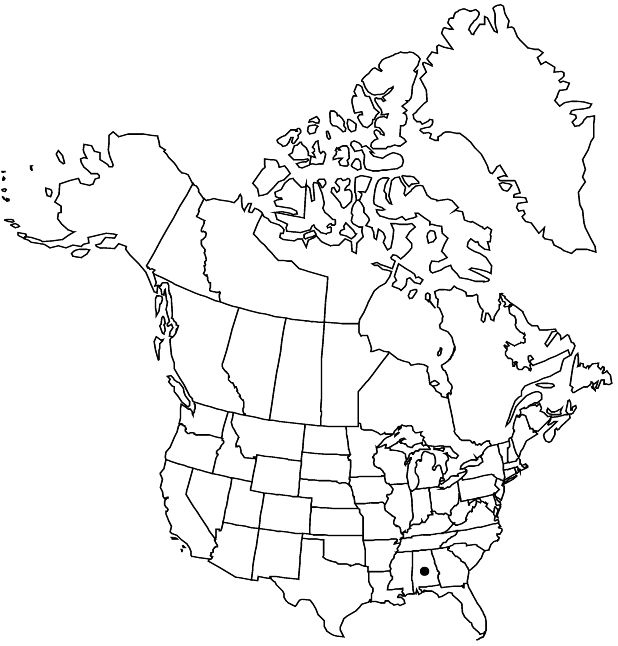Difference between revisions of "Lysimachia graminea"
Notes Roy. Bot. Gard. Edinburgh 16: 80. 1928 ,.
FNA>Volume Importer |
imported>Volume Importer |
||
| (2 intermediate revisions by 2 users not shown) | |||
| Line 53: | Line 53: | ||
|publication year= | |publication year= | ||
|special status= | |special status= | ||
| − | |source xml=https:// | + | |source xml=https://bitbucket.org/aafc-mbb/fna-data-curation/src/2e0870ddd59836b60bcf96646a41e87ea5a5943a/coarse_grained_fna_xml/V8/V8_621.xml |
|genus=Lysimachia | |genus=Lysimachia | ||
|species=Lysimachia graminea | |species=Lysimachia graminea | ||
Latest revision as of 23:44, 5 November 2020
Stems erect, simple or, sometimes, branched apically, 0.8–2(–3.5) dm, glabrous; rhizomes slender; bulblets absent. Leaves opposite; petiole absent; blade linear, 2.8–7.5 × 0.1–0.6 cm, base cuneate, not decurrent, margins entire, plane, ciliolate for at least basal 2 mm (cilia 0.2–0.8 mm), apex acute, surfaces not punctate, glabrous; venation single-veined. Inflorescences axillary in distal leaves, solitary flowers. Pedicels 0.5–1.6 cm, glabrous. Flowers: sepals 5, calyx usually not streaked, 3–7 mm, glabrous, lobes lanceolate, margins thin; petals 5, corolla yellow with reddish base, not streaked, rotate, 3.5–7 mm, lobes with margins slightly erose apically, apex apiculate, eglandular; filaments distinct, shorter than corolla; staminodes 0.4–0.7 mm. Capsules 2–3.5 mm, not punctate, glabrous. 2n = 34.
Phenology: Flowering summer.
Habitat: Sandy meadows, rocky stream banks
Elevation: 300 m
Discussion
Of conservation concern.
V. J. Coffey and S. B. Jones (1980) described the leaves of Lysimachia graminea as petiolate (petioles 1–4 cm) with a cuneate to tapering base. Specimens examined for this flora did not exhibit distinctive petioles. The cuneate base of the leaf blade extends to the stem and renders the petiole obscure. Thus, the leaves are here considered all sessile.
Selected References
None.
